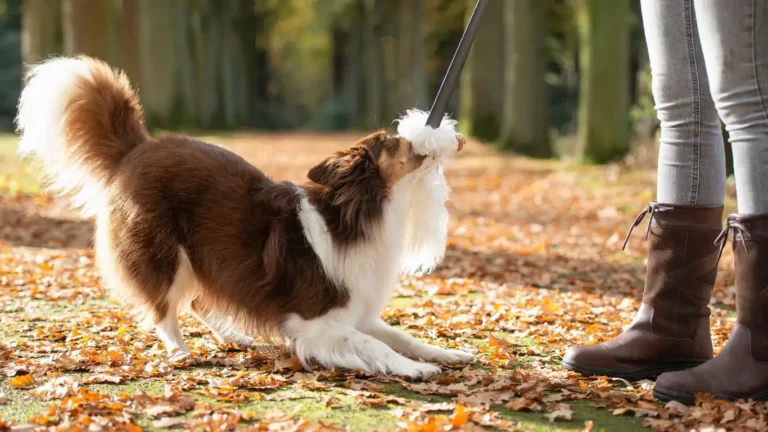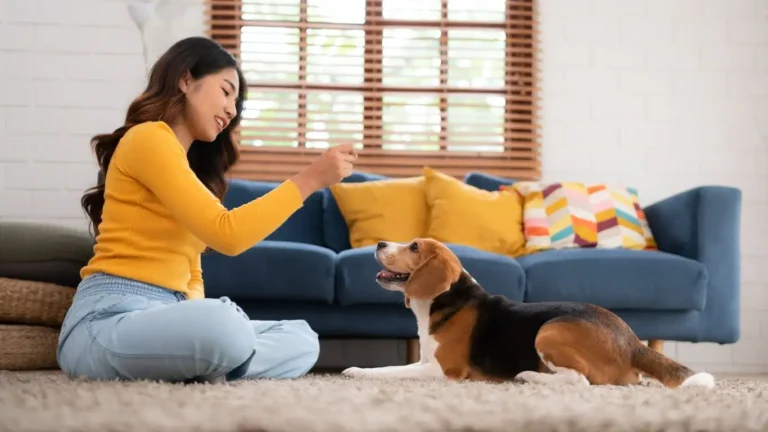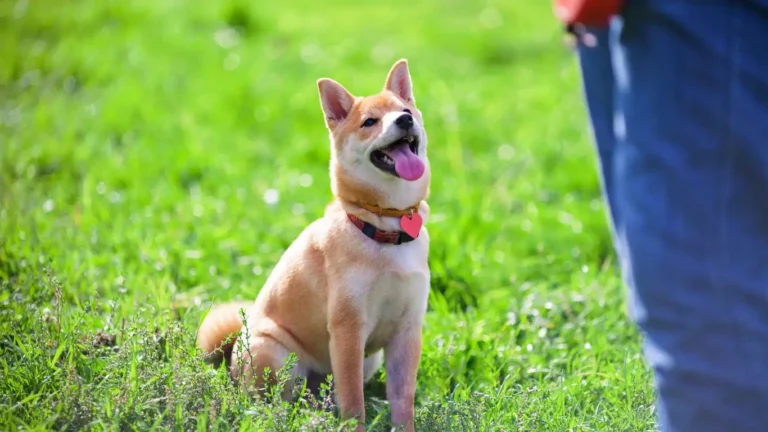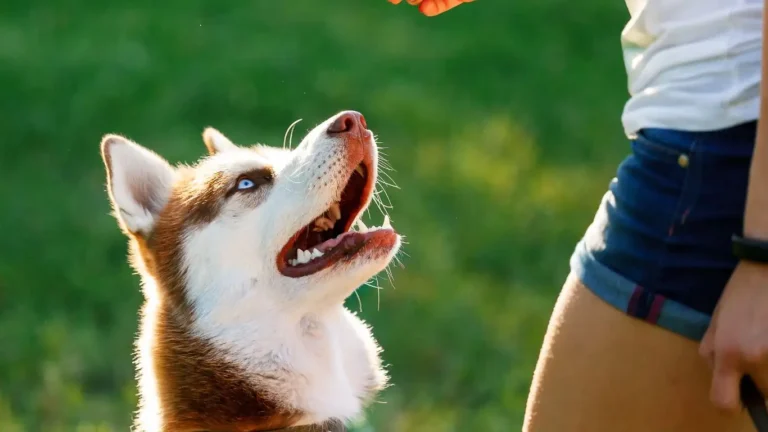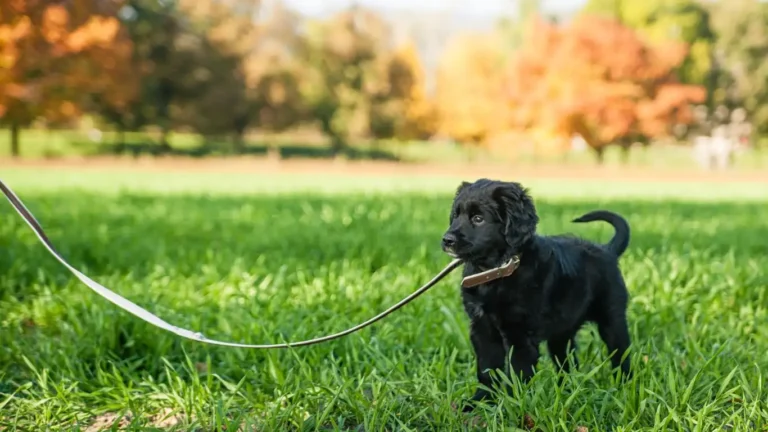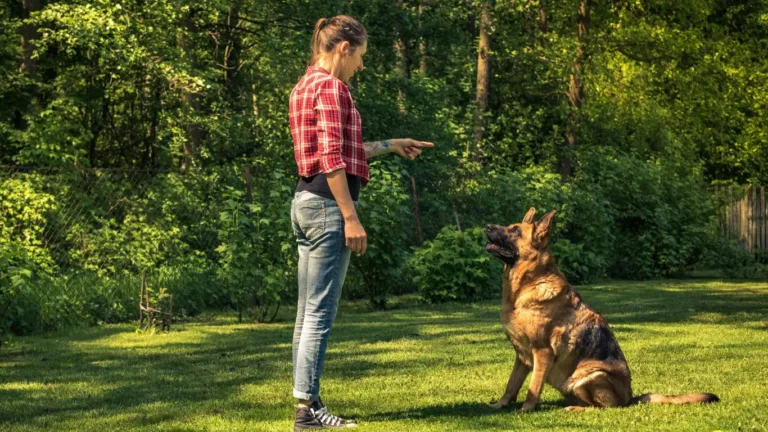Proven Tips to Help Your Dog Settle in New Environments Fast
Moving to a new place or stepping into unfamiliar surroundings can be as challenging for dogs as it is for people. If you’ve ever witnessed a dog anxiously pacing, whining, or just unable to relax when introduced to a new environment, you know exactly what I mean. From my years as a Canine-Assisted Therapy Trainer, I’ve learned that teaching a dog how to settle in new environments isn’t just about obedience—it’s about creating a sense of calm and security wherever they go. So, if you’re wondering how to train a dog to settle in new environments, you’re in the right spot. Let’s explore some practical, hands-on tips that truly work.
Why Settling in New Environments Matters
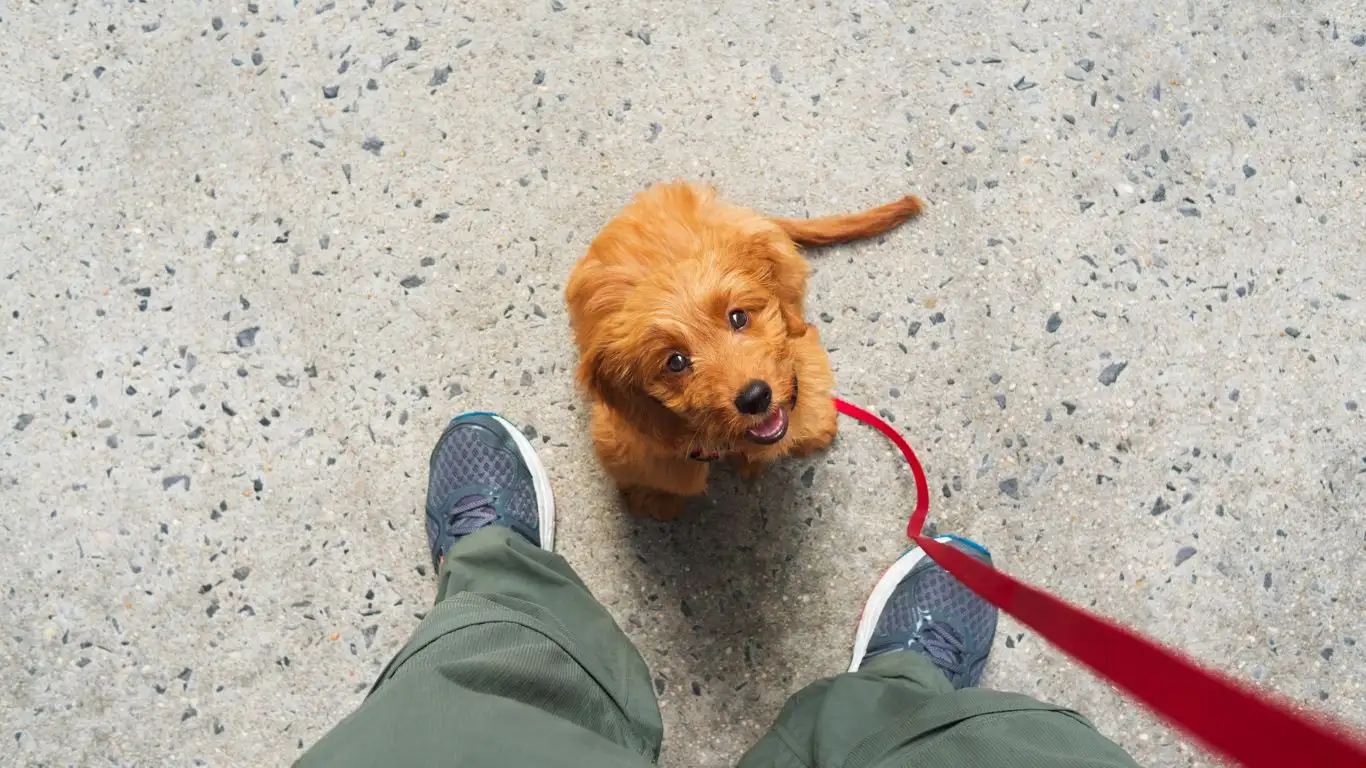
One of the biggest hurdles dogs face when in unfamiliar settings is stress. Just like people, dogs get overwhelmed by the sights, sounds, and smells that are different from what they know. This can lead to behaviors like barking, pacing, or even shutting down completely. Teaching your dog how to settle isn’t just about making life easier for you—it’s about improving their overall well-being. A calm dog adapts faster, feels safer, and enjoys new experiences without anxiety.
From a therapy perspective, I’ve seen firsthand how vital this skill is. Dogs that can quickly settle become better therapy animals because they can remain calm in busy hospitals, schools, or nursing homes. So, no matter if you’re a pet parent or a professional trainer, learning how to help your dog settle is a game-changer.
Understanding Your Dog’s Signals
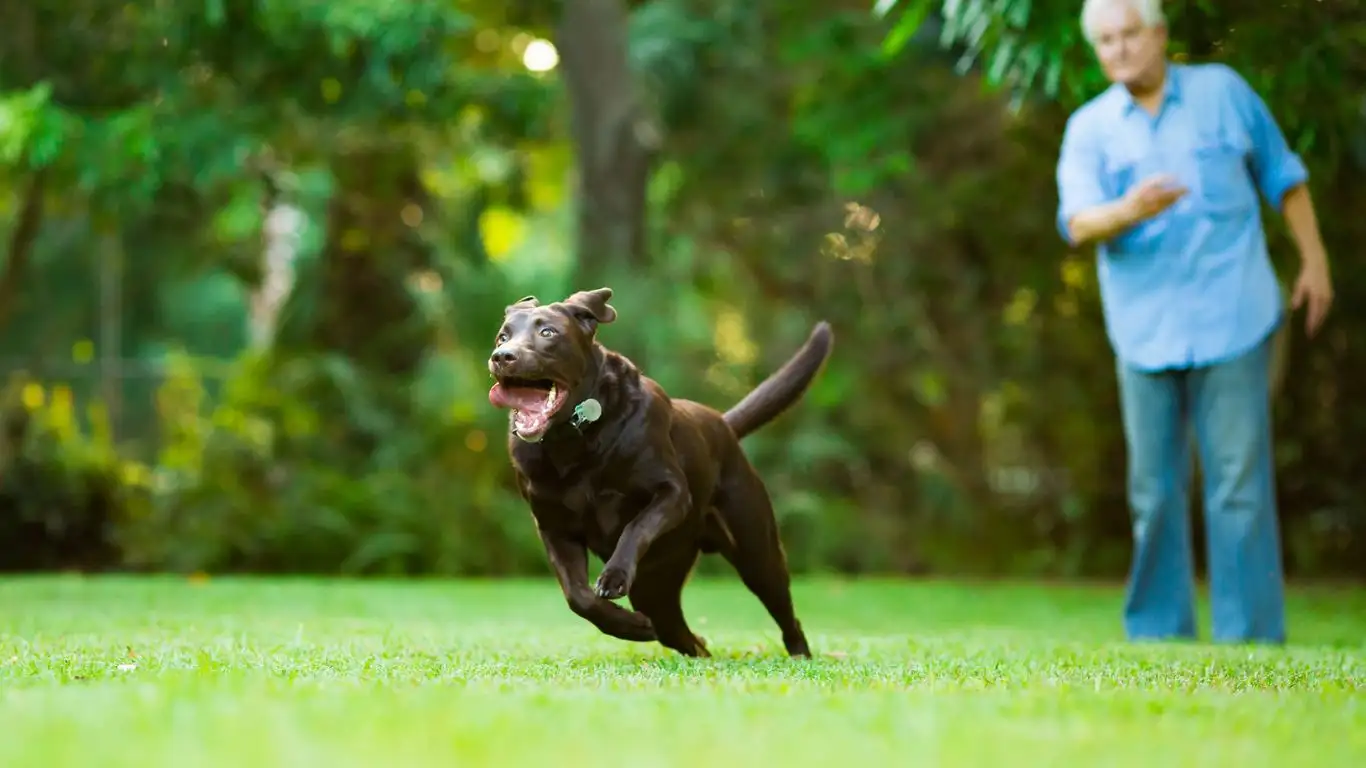
Recognizing Signs of Stress and Calm
Before diving into training techniques, it’s crucial to know how your dog communicates their comfort or stress. Dogs aren’t vocal in the way we are—they rely on body language. Over my years training therapy dogs, I’ve learned to read subtle cues like:
- Yawning or licking lips when they aren’t hungry (a calming signal)
- Avoiding eye contact or turning their head away
- Pacing or restlessness
- Lowering their body or tail between the legs
- Soft, relaxed eyes and gentle breathing (signs of calm)
Noticing these signs early means you can step in and help your dog before anxiety escalates. This is a big part of what I teach in my sessions—understanding your dog’s emotional state is the first step in helping them feel settled.
Why Patience is Key
One thing I always remind dog owners is that settling takes time. Some dogs adapt quickly, while others need gentle encouragement and repeated practice. The goal isn’t perfection but progress. Celebrate the small wins—maybe today your dog lies down quietly for five seconds in a new room. Tomorrow, it might be ten. Every moment counts.
Simple Techniques to Help Your Dog Settle in New Environments
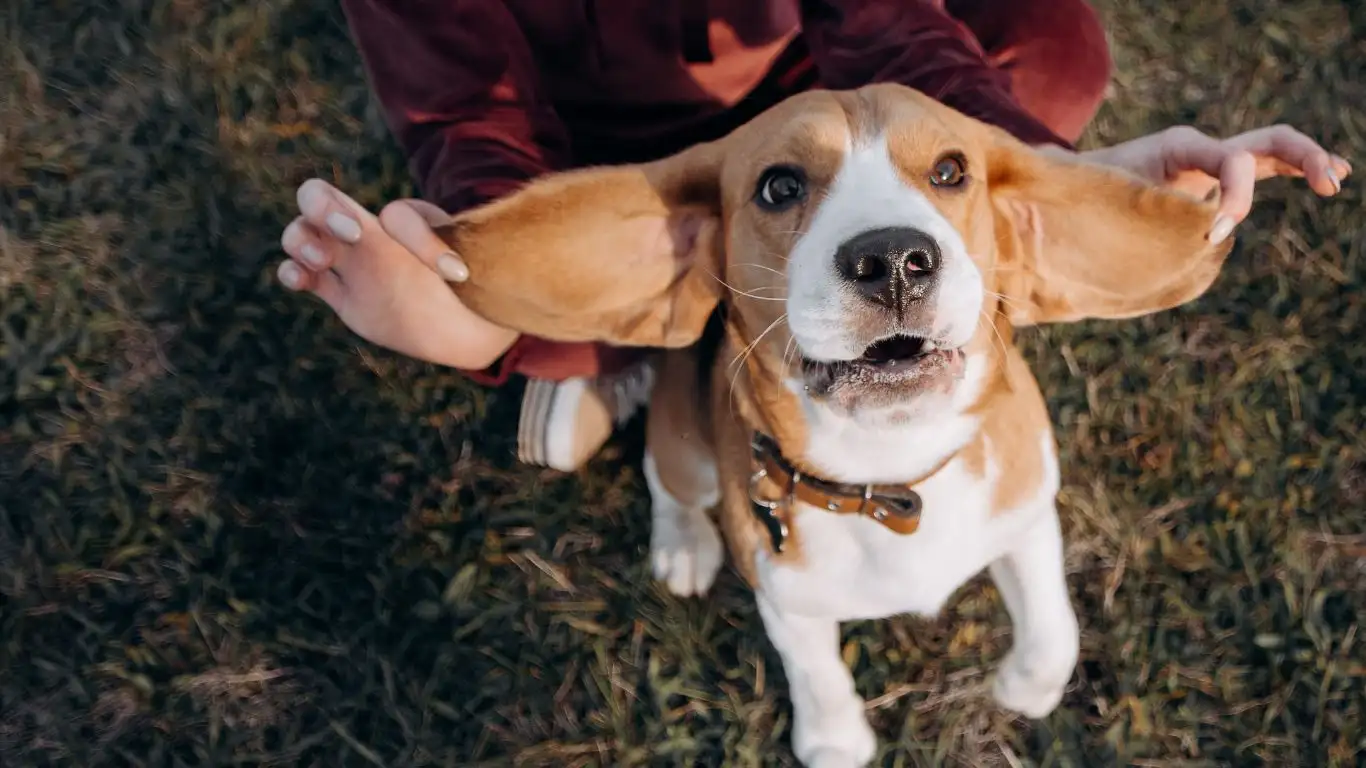
Create a Safe Space Anywhere
From my experience, one of the most effective ways to help dogs settle is to provide them with a “safe space” no matter where you are. This could be a favorite blanket, bed, or even a portable crate. Bringing something familiar helps your dog feel grounded in unfamiliar places.
Use Calming Cues and Commands
Teaching simple commands like “settle,” “place,” or “calm” can be lifesavers. I usually start training these commands in a quiet, familiar setting before gradually introducing distractions. When your dog responds, reward with gentle praise or treats. Over time, your dog learns to associate the cue with relaxation, even in new environments.
Practice Gradual Exposure
Jumping into a completely new environment all at once can overwhelm your dog. Instead, I recommend a gradual exposure approach:
- Start with short visits to mildly different places (a quiet park or a friend’s backyard).
- Spend time playing and relaxing there, reinforcing calm behavior.
- Slowly increase the level of novelty and distractions as your dog becomes more comfortable.
This step-by-step approach builds confidence and reduces stress, making it easier for your dog to settle wherever they go.
Using Positive Reinforcement to Encourage Calm Behavior
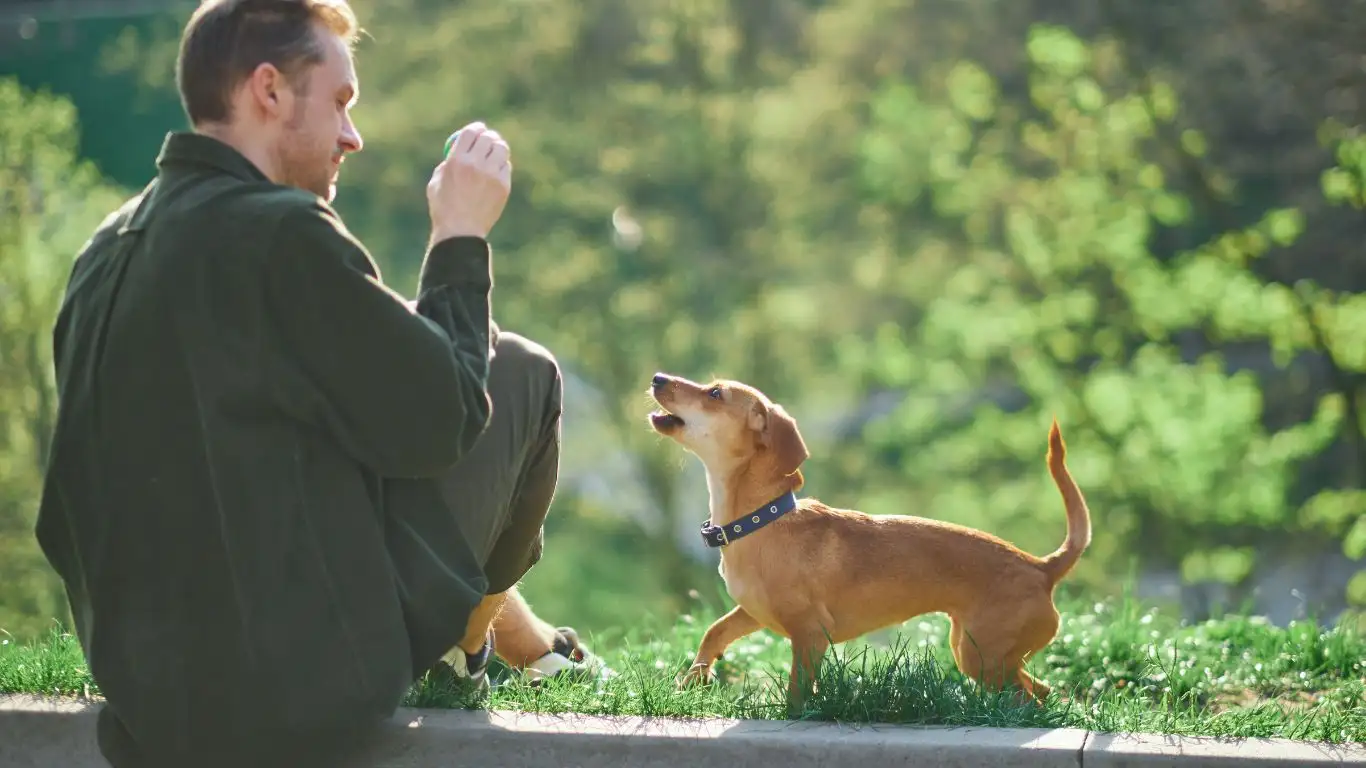
One of the cornerstones of effective training, especially when teaching your dog how to settle in new environments, is positive reinforcement. Simply put, it means rewarding the behaviors you want to see more of. From my experience as a Canine-Assisted Therapy Trainer, this approach builds trust and motivation way better than any punishment or harsh corrections ever could.
Whenever your dog shows signs of settling — maybe they’re lying down calmly instead of jumping or barking — reward them immediately. This could be with a tasty treat, a gentle pat, or even a calm voice saying “good job.” Timing is everything here. If the reward comes too late, your dog might not connect it to the behavior you want.
Something I’ve found super helpful is to carry small, high-value treats during outings. These special treats aren’t for regular training sessions but reserved for moments when your dog nails the settling behavior in a new or distracting environment. It makes those moments extra special and worth striving for.
How to Make Calmness Rewarding
Dogs love predictability, so pairing the word “settle” or “calm” with treats or affection helps them understand exactly what you want. In my therapy work, I always start this in quiet places first and then gradually move to more chaotic settings, like busy parks or vet clinics. The trick is to keep sessions short but consistent.
- Begin by asking for calm behavior for just a few seconds, then reward.
- Slowly increase the duration your dog needs to stay calm before earning the reward.
- Eventually, your dog will settle on command, no matter where you are.
This process requires patience and consistency, but the payoff is huge: a dog that can relax on cue even in the most distracting situations.
Managing Your Own Energy and Environment
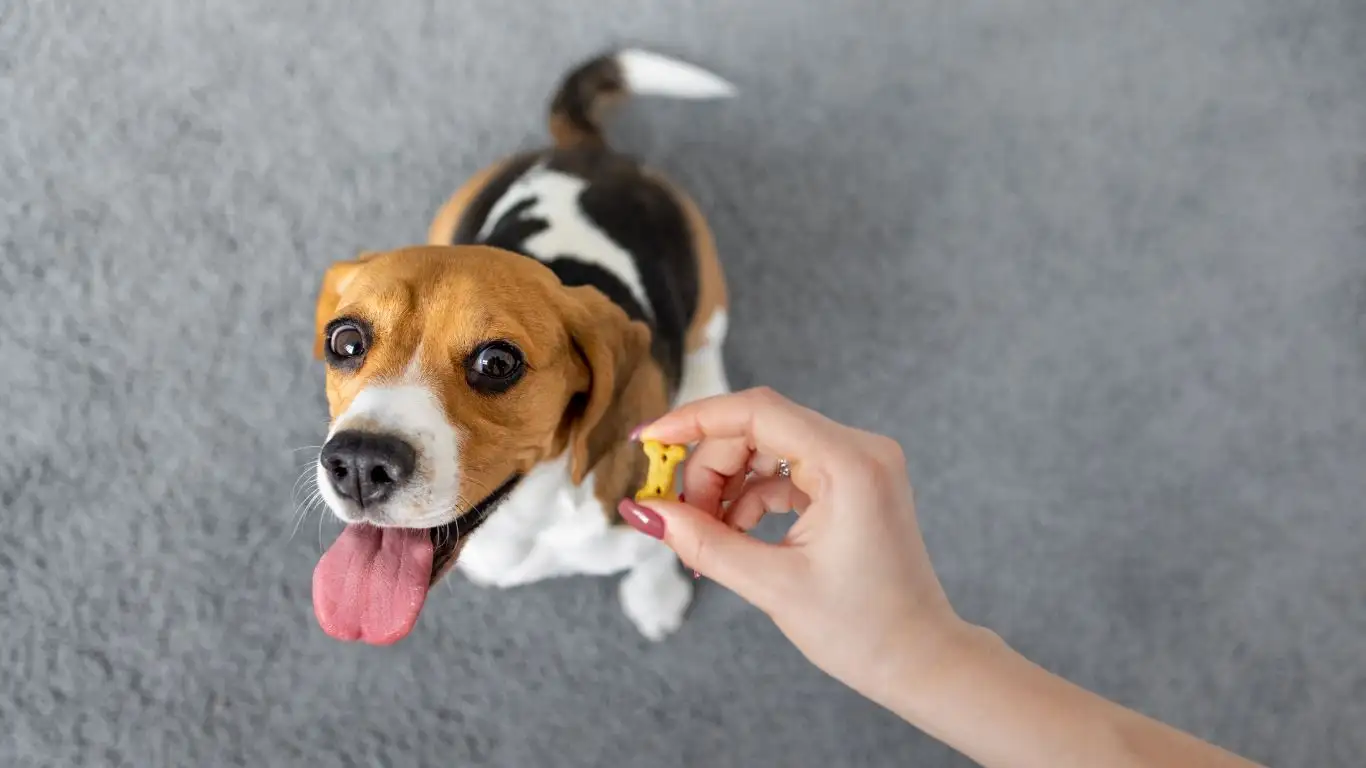
Here’s a little secret that many overlook: your dog picks up on your energy. If you’re anxious or stressed about the new place, chances are your dog will mirror that feeling. Over the years, I’ve worked with countless owners who were surprised to learn that their own tension was feeding their dog’s anxiety.
Before entering a new environment, take a few deep breaths and ground yourself. Speak softly, move slowly, and keep your body language relaxed. Your dog will sense this and feel reassured. It’s almost like you’re silently saying, “Hey, it’s okay, I’ve got you.”
In therapy training, we often practice mindfulness techniques alongside dog training. Even a minute of focusing on calm breathing before heading out can make a big difference for both you and your furry friend.
Setting Up the Environment for Success
Whenever possible, prepare the new space to make it more dog-friendly and less overwhelming. Here are some tips I swear by:
- Minimize loud noises if you can. Bring headphones or music to drown out scary sounds like construction or traffic.
- Bring familiar items such as toys, blankets, or even your dog’s favorite chew.
- Create low-stimulation zones where your dog can retreat if things get too intense.
- Keep leashes loose and avoid tense grips—this helps your dog stay calm instead of feeling restrained or nervous.
By thoughtfully managing the environment, you’re giving your dog a head start to feel safe and, eventually, settle.
Practical Exercises to Build Settling Skills
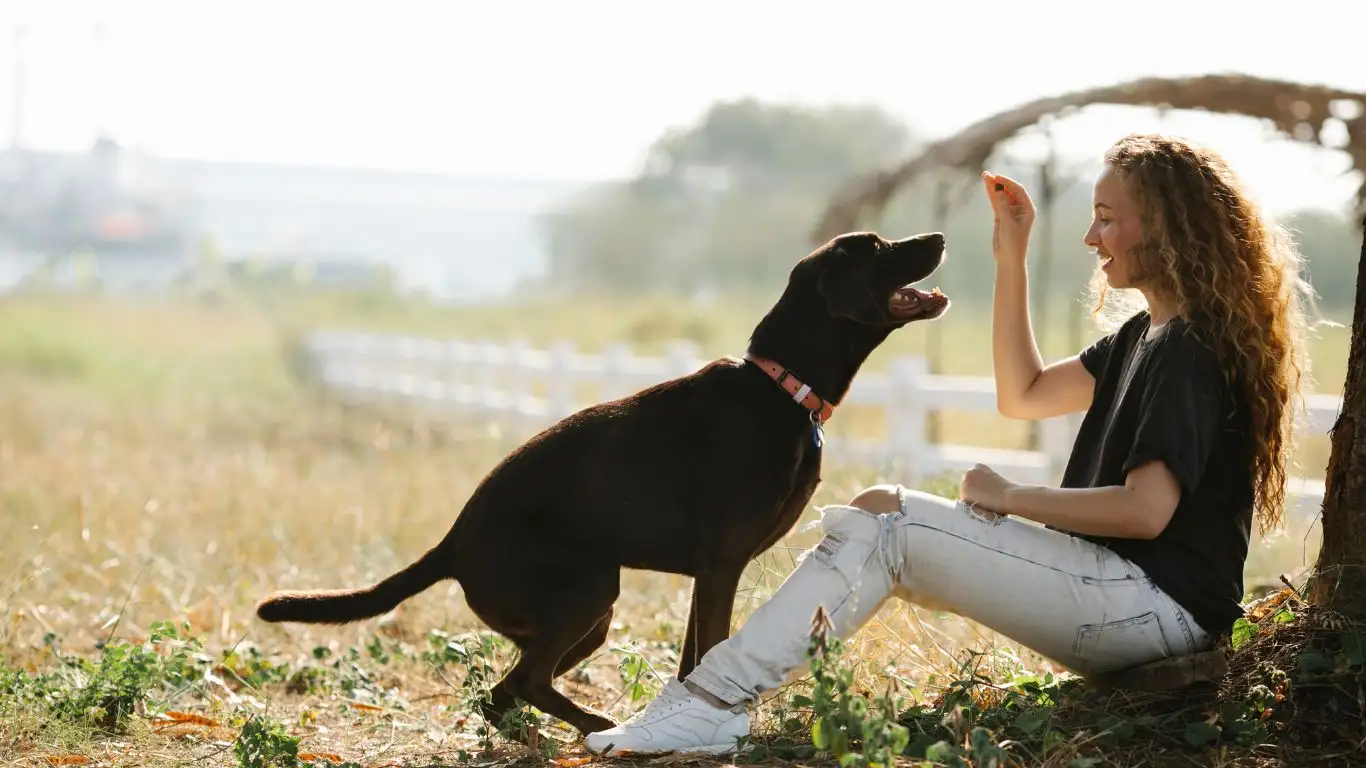
The “Settle and Stay” Game
This simple exercise is a favorite of mine because it’s fun and effective. Here’s how I usually run it during training sessions:
- Ask your dog to lie down in a familiar spot.
- Use the cue “settle” or “calm.”
- Stay nearby and reward calm behavior immediately.
- Gradually increase the time before giving the reward.
- Slowly introduce distractions—like having someone walk by or playing soft background noise.
Over time, this exercise teaches your dog that staying calm and settled is both rewarding and expected, even when the environment gets busier or unfamiliar.
Incorporating Play and Exercise
Don’t forget—calmness isn’t just about mental training; it’s also about physical well-being. A dog with pent-up energy is much harder to settle. In my practice, I always recommend regular play sessions and exercise tailored to your dog’s age and breed. A tired dog is a calm dog.
Before heading into a new environment, a good play session or walk can help your dog feel more relaxed and ready to settle when needed. It’s all about balance—physical activity followed by structured calm time.
Handling Setbacks and Building Long-Term Confidence
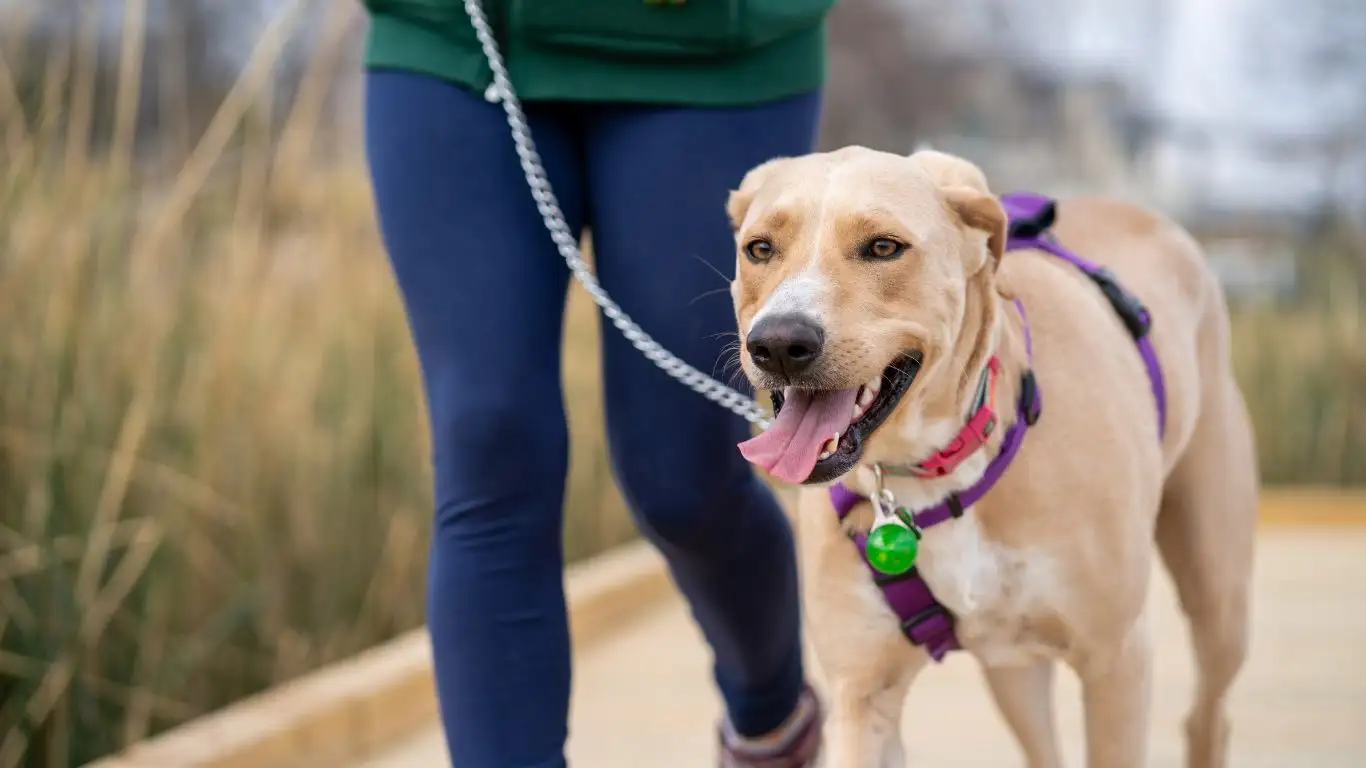
Let me be real with you—training your dog to settle in new environments isn’t always a straight path. There will be days when your dog feels overwhelmed, reacts nervously, or just can’t seem to calm down no matter what you try. From my hands-on work in therapy training, I’ve learned that setbacks are totally normal and actually part of the learning process.
When your dog struggles, it’s not a failure—it’s feedback. It’s their way of telling you they need a little more time, a gentler approach, or maybe a break. Instead of getting frustrated, take a deep breath and remind yourself that patience is key. I often say to owners, “You’re building emotional muscles here,” and that means ups and downs are expected.
One practical tip is to always have a plan B ready. If the environment feels too intense, don’t hesitate to move to a quieter spot or take a short break. It’s better to end the session on a positive note—even if it’s just a small moment of calm—than to push too hard and increase anxiety.
Keeping Consistency Without Pressure
Consistency is one of the strongest pillars of lasting behavior change. In my experience, dogs thrive when they know what to expect. Try to keep training sessions regular, even if they’re short. Frequent, calm exposures to new environments with positive reinforcement gradually build your dog’s confidence and resilience.
At the same time, avoid turning settling into a “test” your dog must pass. It’s not about perfect behavior every time but about making progress together. Celebrate every calm moment with enthusiasm. Your dog will feed off your energy and want to keep getting those rewards.
Advanced Tips: Using Tools and Techniques to Support Settling

Calming Aids That Can Help
Over the years, I’ve seen a variety of calming tools and aids that can make settling easier, especially in high-stress situations. While these aren’t magic fixes, they can provide extra support when needed:
- Thundershirts or calming vests: These apply gentle pressure that can comfort anxious dogs, much like a reassuring hug.
- Aromatherapy: Certain scents like lavender or chamomile, used in diffusers or sprays, can promote relaxation.
- Soft music or white noise: Background sounds can help mask unfamiliar noises that might spook your dog.
- Interactive toys: Puzzles or treat-dispensing toys can distract and calm an anxious dog while also providing mental stimulation.
Just a quick heads-up: always consult with your veterinarian before introducing any new calming supplements or techniques, especially if your dog has health conditions or is on medication. I make it a point to work closely with vets when I’m training therapy dogs to ensure their well-being is top priority.
Enlisting Professional Help When Needed
If you’ve tried the strategies we’ve talked about and still find your dog struggling, don’t hesitate to reach out to a professional trainer or a veterinary behaviorist. Sometimes, anxiety and stress can be part of a bigger picture that benefits from expert guidance.
In my work, collaboration with vets and certified trainers has been invaluable. Together, we develop tailored plans that combine training, environment management, and sometimes medical intervention to support dogs who need extra care. Remember, asking for help isn’t a sign of failure; it’s a smart move for your dog’s happiness and health.
Final Thoughts on Teaching Your Dog to Settle in New Environments
Teaching your dog how to settle anywhere is a journey that requires time, patience, and understanding. From my years as a Canine-Assisted Therapy Trainer, I can tell you this skill not only improves your dog’s quality of life but deepens your bond. When your dog feels calm and secure, they become more confident and open to new experiences—and that’s a beautiful thing to witness.
Remember, every dog is unique. What works for one may need adjusting for another. The key is to stay attuned to your dog’s needs, celebrate small wins, and enjoy the adventure of growing together.
References
Disclaimer
This article is intended for informational purposes only and does not replace professional veterinary advice. Always consult with a qualified veterinarian or certified dog trainer regarding any health or behavioral concerns with your pet. Every dog is unique, and results may vary.
